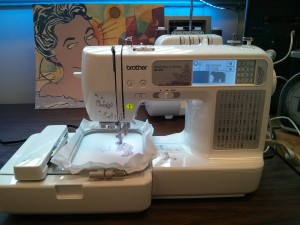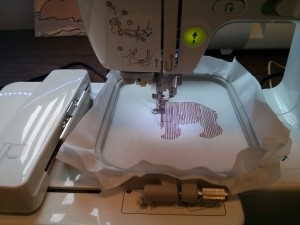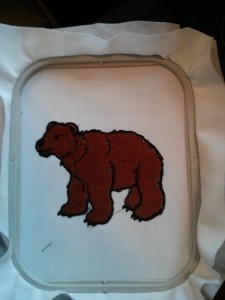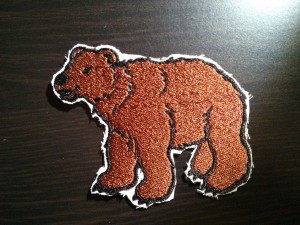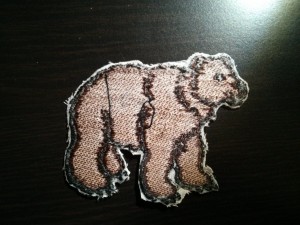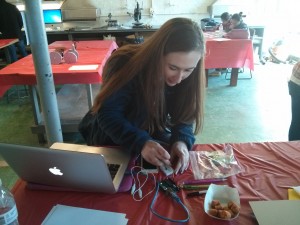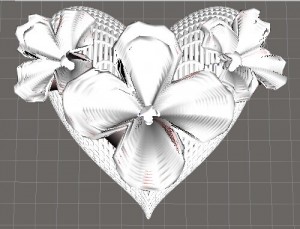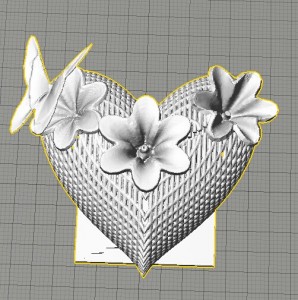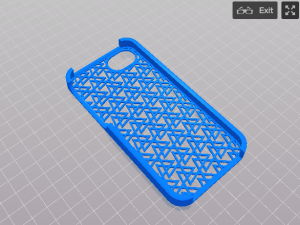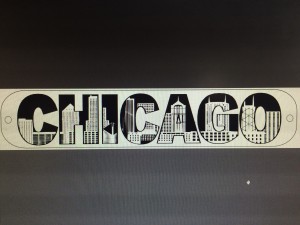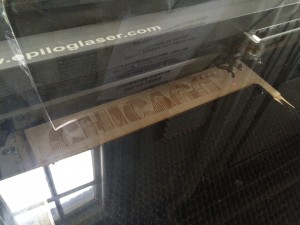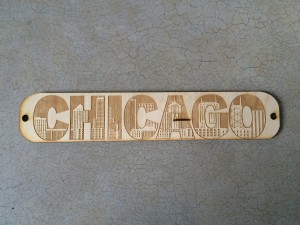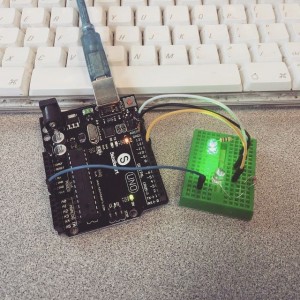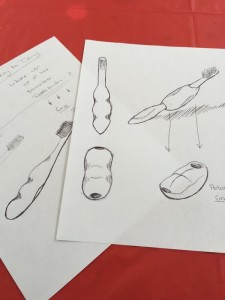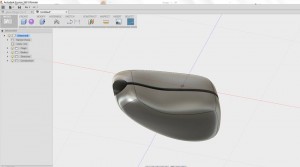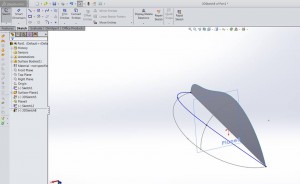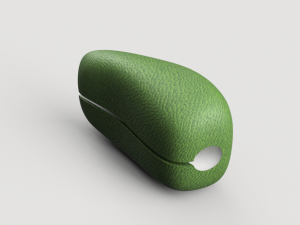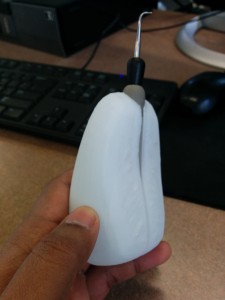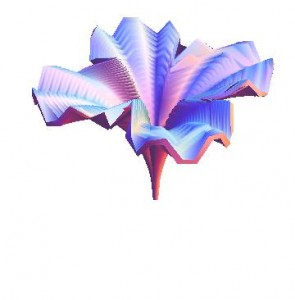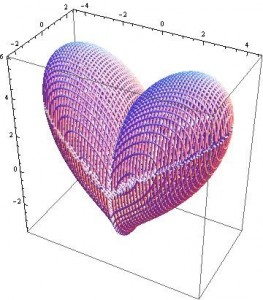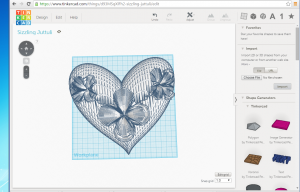Importance of Creating Learning Pathways
This past week, we spent time in class working on our individual projects and getting our progress caught up to speed with our group members. My particular project is focused on creating online learning resources to help individuals interested in learning more about 3D printing, 3D scanning, and 3D design. Additionally, our team is tasked with creating these resources in a way that enables users to access these resources through somewhat of a ‘profiled’ gateway that would help users understand what resources they want. To elaborate, our plan is to construct a compilation of many different learning pathways that users could go through based upon their interests and background. For example, if you are a supply chain manager interested in learning more about how additive manufacturing is decreasing product lead times, our resources would direct you to a sequence of links and information pages that would help you to navigate your own path of learning. We are excited to leverage a platform like the MakerLab to help outpour these resources to much greater communities that expand beyond Champaign-Urbana borders.
What Kinds of Learning Pathways Are We Creating?
Below are some examples of the different learning pathways we are creating for the MakerLab that we feel will benefit individuals wanting to learn more about making from any background or skill level:
Entrepreneurship: Individuals looking to start their own businesses or leverage technology like 3D printing to innovate on existing products will be able to access links, individuals, and learning resources to use a place like the MakerLab to explore new ideas. This area will also explore the concept of rapid prototyping that will aid the new product development process.
Education: Individuals seeking to learn more about how the maker movement is transforming education at various levels and wanting to acquire resources to help introduce themselves and others will find this learning path very beneficial. We hope to craft some great connections to communities around the United States that are talking about ways to integrate the ‘making’ process into our school curriculums.
Management: This path of resources will help individuals in management or other business process-related roles learn how to leverage areas like 3D printing, scanning, and design to improve their supply chains, enhance product development, or help their employees become literate in emerging technologies. We feel that this resource will also be very useful to students interested in business that want to learn more about how 3D printing is changing the business landscape and how additive manufacturing processes are impacting the value chain of a business.



